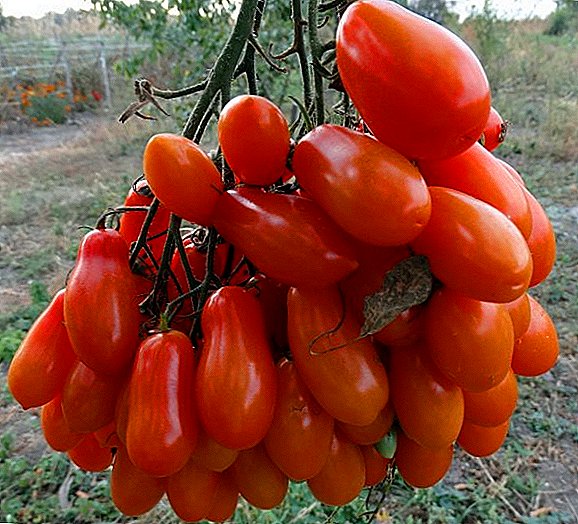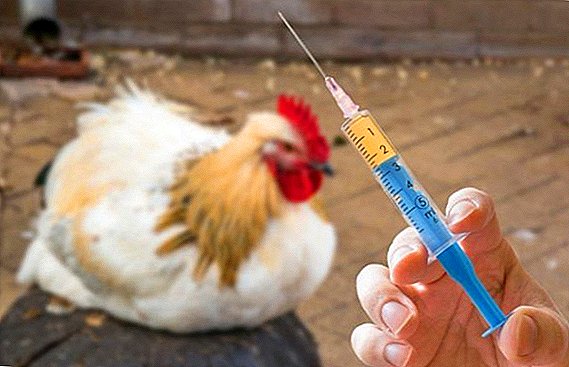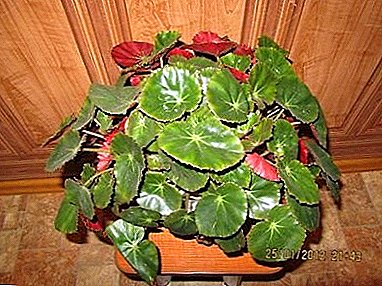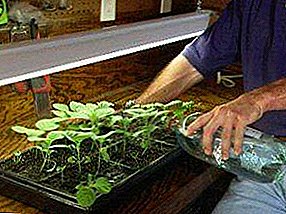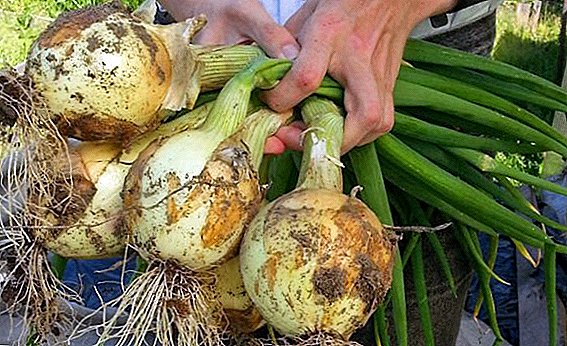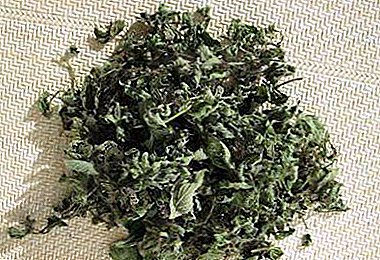
Who does not know the name of the berry black currant?
It is difficult to find such a person, and it is not surprising that in every garden there will be a bush of a favorite fragrant plant with very tasty fruits.
In folk medical practice, the connection between the strong aroma of plants and their healing properties is noticed, and, having no idea of phytoncides, our grandmothers successfully treated many ailments, using not only berry but also leaf, and buds, and young shoots.
The experience of popular medical practice is widely used. phytotherapists, finding a scientific basis for the healing properties of black currant.
Description of a variety of currant "Gross"
Currant gross description of the variety. Gross - a worthy representative of the species, and, despite the existence of many varieties (and there are already more than two hundred of them bred), thanks to its remarkable qualities, it found its place in many gardens and summer cottages.
Currant varieties ripen Valovaya thirty-five or forty days after flowering, depending on the weather, and it should be attributed to the early varieties.
Fruits are large and sweet, brushes eight or ten centimeters long, berries are the same size, which is important, glossy peel of medium density and dry tear.
 Currant varieties Gross It has a stable and rich harvest - up to four kilograms from a bush.
Currant varieties Gross It has a stable and rich harvest - up to four kilograms from a bush.
The bush has an average power of growth, but rather sprawling, with an average thickness and foliage. The plant tolerates harsh winters, summer heat and is resistant to diseases.
All of these qualities are components of great success among gardeners. Along with this variety, black currant varieties such as Belarusian Sweet, Dobrynya, Venus, Dachnitsa, Gulliver and Bagheera are often found in our gardens.
A photo






Breeding history
Wonderful variety of black currant Gross is an hybrid form varieties Bredtorp and Khludovskaya and developed by the breeders VM Litvinova and MG Abdeeva - employees of VSTISP with the assistance of the Bashkir Research Institute of Agriculture.
Planting and care
Planting currants - it’s a simple affair, but it has its own characteristics and they need to be taken into account. First of all, take care of the varietal compliance of planting material, do not buy seedlings from random sellers.
Black currant has a wholesome feature: it tolerates light shading well, and this gives the gardener the opportunity to produce compaction on his own plot without damage to the existing plantations.
Currant Gross has a bush of medium size, but sprawling, and this should be taken into account when planting, the plants should be located no closer than two meters from each other - this will allow you to properly care for currants.
The quality of the soil on the site is a factor that has a huge impact on the life of the plant, but the use of fertilizers will fix any situation. For one planting hole there is a quite large bucket of humus, two handfuls of superphosphate, half a handful of any potassium salts and a spade of wood ash. All components are thoroughly mixed and poured into the planting pit.
The landing pit is fifty-fifty centimeters in size and fifty centimeters deep; a rim is arranged along the edge of the landing pit to hold water when watering.
When planting, the plant is abundantly watered, and the soil is mulched with any auxiliary material, and in its absence, with dry soil. After planting the seedling pruned into two or three buds.
Plant black currants can be in the spring and autumn.
 With proper care, currant roots quickly and grows rapidly, the first trial berries can be tasted as early as the second year after planting.
With proper care, currant roots quickly and grows rapidly, the first trial berries can be tasted as early as the second year after planting.
The main requirements for leaving after planting, and in subsequent years, is weeding and watering as needed.
TO top dressing plants should be treated wisely, organic is applied once every three years, and mineral fertilizers can be applied annually, strictly following the recommendations.
Breeding
Currant varieties Gross - the plant is self-fertile, and if you were able to plant only one bush, do not worry, black currant breeds well and very soon you will get the number of plants you need a beautiful variety.
Have Gross currants sprawling bush, and if you press a low-lying branch to the soil, by the fall of it will grow quite a full-fledged young plant. It is better to separate it from the parent plant in the spring, just before planting.
Have spreading bushes currants a feature to be remembered if you miss loosening - the branches lying on the ground begin to take root. To avoid this, many gardeners build a frame that supports the lower branches above the soil.
By the way, black currant not only gets on well with red, but these berries can perfectly complement each other. Pay attention to such common varieties as Andreichenko, Natalie, Beloved and marmelade.
Pruning
With proper care, black currant bush lives up to twenty-five years and the point here is in the correct pruning of the plant.
 The first five years after planting a bush is formed, three or four good quality shoots are left each spring, in the sixth year after planting the oldest shoots must be removed, leaving them to replace about the same number of young shoots.
The first five years after planting a bush is formed, three or four good quality shoots are left each spring, in the sixth year after planting the oldest shoots must be removed, leaving them to replace about the same number of young shoots.
There is a gradual replacement of old shoots for young, and the yield does not fall, the quality of the fruit does not suffer - your the bush is always young.
Grade of blackcurrant Gross can be called ideal, it tolerates heat and cold well, is self-fertile, fruitful, resistant to diseases and the most important thing for which we try so hard - this currant is very tasty. For such it is definitely worth finding a corner on your site.
Diseases and pests
Variety Gross it is resistant to diseases, but to assert that it is also naive to pests too. To fight pests have themselves. In that case, if you notice a kidney, too large in comparison with others, this is a kidney tick.
Branches with a large number of affected buds should be cut and burned, and the bushes should be sprinkled before flowering and after flowering with Neoron or Akarin.
In the event that on the bushes you notice curved shoots with small and pale foliage - this is a currant glass bowl, it feeds on the core of the shoot. Patients shoots need to cut and burn, and the plants are treated with any insecticide and after flowering.
And of course, the ubiquitous aphid harms the plant, as much as it is grass, the ants will settle a new one and so on until you izvedet the ants themselves. It is necessary to destroy the anthills on the site and pour boiling water over them.
On our site you can read in detail the articles about the most common diseases of horticultural crops: anthracnose, chlorosis, oidium and mildew, bacteriosis, //selo.guru/ptitsa/bolezni-p/gribkovye/parsha.html and rust, bacterial cancer and bacterial burn, rubella.


